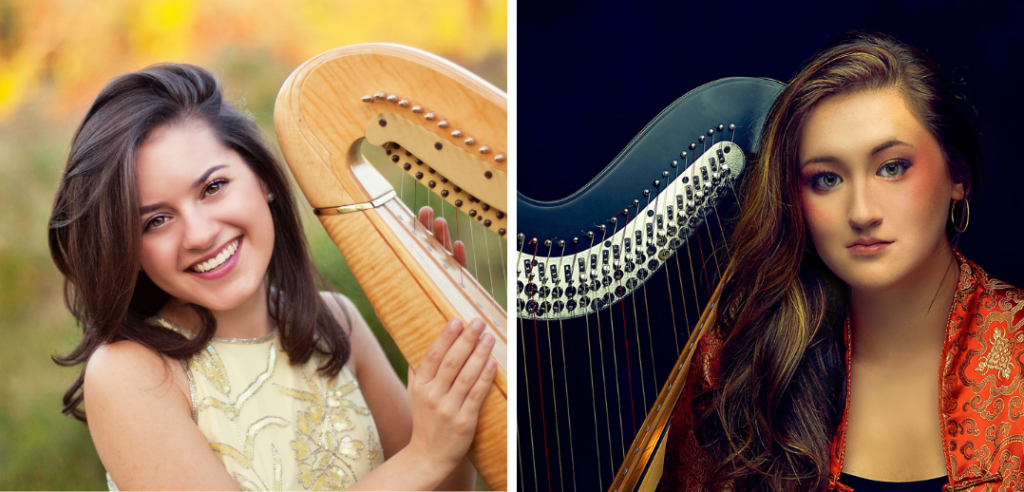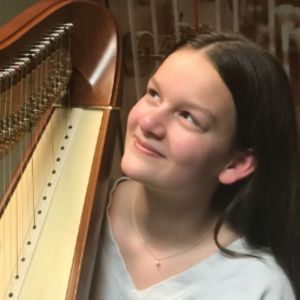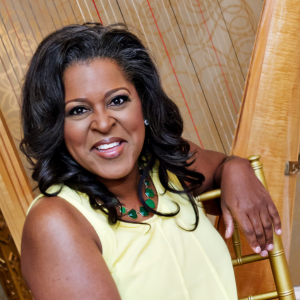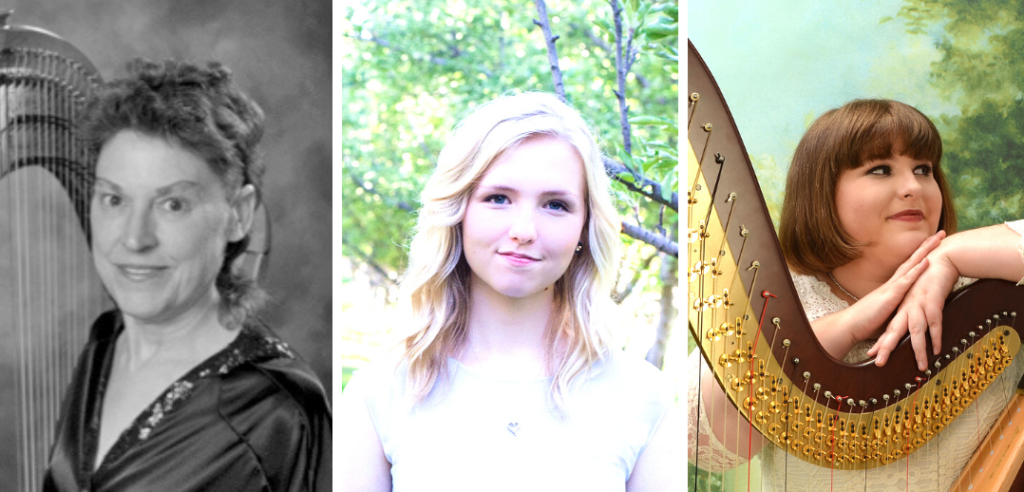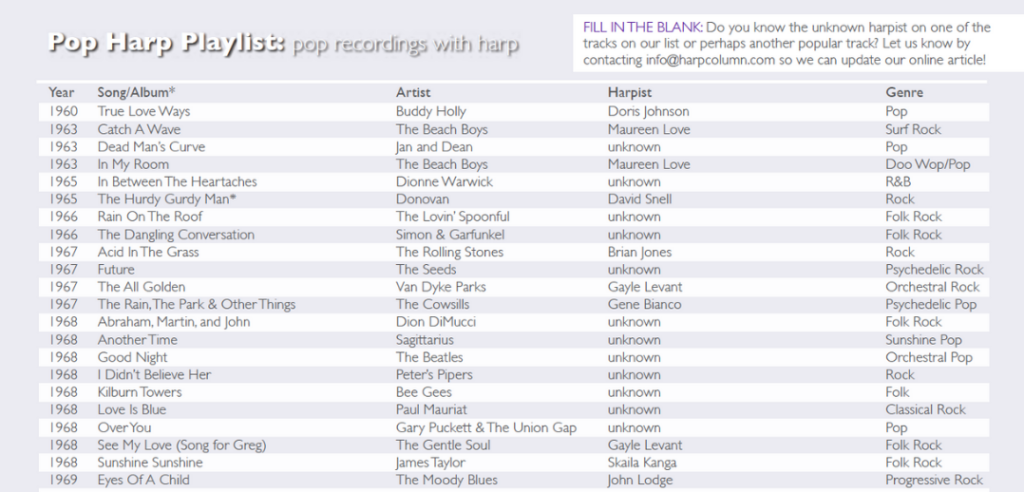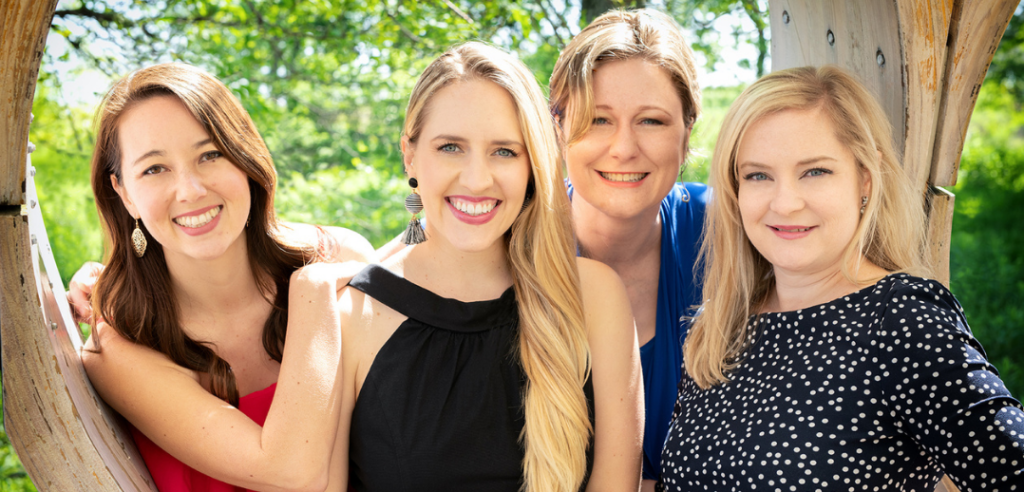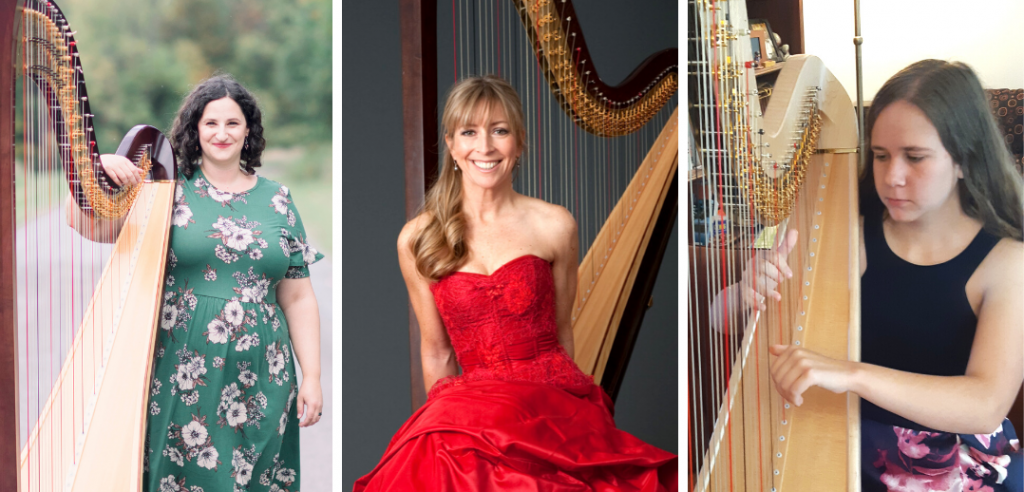Ed.—this article extra is part of the feature article Going Public in the March-April 2019 issue of Harp Column.
School districts in most states can purchase new harps through school bond elections. In a bond election, voters can approve or deny additional proposed school district spending. Funding for new school buildings, athletic or fine arts facilities, and equipment like harps can be included in the bond. As most educators will tell you, getting instruments via a school bond can be a lengthy process, and there are no guarantees. Just because educators request something for bond funding doesn’t mean it will be included in the bond proposal the district puts up for election, and not all bond elections are approved by voters.
Timing is everything, and sometimes a growing school district works in a harp program’s favor. The success of the harp programs in Frisco, Texas, and in Mesa, Ariz., could not have been timed better. As new schools were built in both districts, harps were included in each new building’s inventory along with things like desks, computers, tubas, etc.
The Urban Youth Harp Ensemble and Mesa Public Schools harp program each started with just one lever harp, and the number of harps gradually increased as the number of students in the program grew. Many of the programs have harps that were either donated or purchased through fundraisers and grant programs. Almost every program we spoke with has presented a fundraising concert at least once, and for some it is a regular part of their performing schedule.
Some of the programs have booster clubs run by the parents of students in the program. Some are specifically harp booster clubs, while others are orchestra boosters, or music boosters depending on the district. These booster clubs can be their own non-profits, or fall under the umbrella of district support organizations. Boosters can raise money for new instruments, but more often boosters help finance things like purchasing harp carts or covers, music for the harp library, instrumental repairs and maintenance, and offsetting expenses for students and harps to travel for performances at conferences and competitions.
Cass Technical High School
Detroit, Mich. • founded in 1925
Students: 30 (grades 9–12)
Schools: 1
Teacher: Lydia Cleaver
Harps: 10 (10 pedal harps, owned by the school district)
Cicely Tyson School of Performing and Fine Arts
East Orange, N.J. • founded in 1996
Students: 41 (grades 6–12)
Schools: 1
Teacher: Robbin Gordon-Cartier
Harps: 24 (17 lever, 7 pedal, owned by the school district)
Ector County ISD
Odessa, Texas • founded in 1997
Students: 31 (grades 4-12)
Schools: 3 (1 elementary, 1 middle school, 1 high school)
Teacher: Vincent Pierce
Harps: 25 (10 lever, 6 petite pedal, 9 semi-grand and concert grand pedal, owned by the school district)
Frisco ISD
Frisco, Texas • founded in 2007
Students: 110 (grades 6–12)
Schools: 18 (9 middle schools, 9 high schools)
Teachers: Yumiko Endo Schlaffer, Jennifer Betzer, Haley Hodson, Leanna Johnson, Young Park, and Jeff Walters
Harps: 58 (27 lever, 12 petite pedal, 19 semi-grand and concert grand pedal, owned by the school district)
Mesa Public Schools
Mesa, Ariz. • founded in 1974
Students: 248 (grades 7–12)
Schools: 10 junior high, 6 high schools
Teachers: Charles Lynch and Karen Miller
Harps: 39 (23 lever, 16 pedal, owned by the school district)
Urban Youth Harp Ensemble
Atlanta, Ga. • founded in 2000
Students: 78 (grades 6–12)
Schools: Drew Charter School Junior and Senior Academy
Teachers: Angelica Hairston and Molly O’Roark
Harps: 21 (8 lever, 13 pedal, owned by the UYHE)







